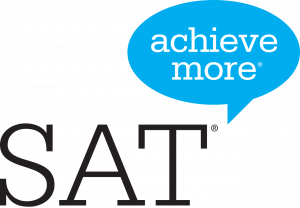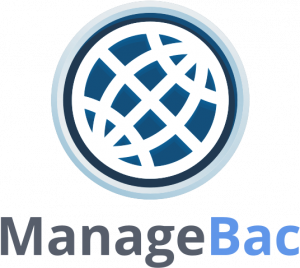It is an exciting feeling stepping into an IB PYP school as I know that the day is going to be full of surprises and learning. As I punch in, I already have a few kids eagerly waiting to share what they saw on their way to school, how they spent their evening, something they are excited to experience in their classroom for the day etc. which I listen to as we walk down the corridors towards our classroom.
As my class spots me entering the PYP block they all run up to me with similar things to share and one of them will invariably say “Can we please let Ms. Abhi step into the classroom”. This is quite endearing for me to hear as it is what I used to tell for the first 2/3 weeks after the school began. After that this dialogue of mine was quickly taken ownership of by students.
That brings me to one of the most important aspects of a PYP classroom which is ownership. With agency being the new buzzword since the release of the enhanced PYP ownership is a fundamental component of it.

(Source: Principles into practice – The learner – IBO )
Ownership is woven into every single aspect of the day in school starting from when they step in and decide to share their learning from the previous day to a teacher as she steps into school, to when they decide to follow an essential agreement such as letting the teacher enter they class before they rain down on her with things they want to talk about.
The 2 examples above are informal ways in which ownership is encouraged in our PYP school. Apart from this ownership is encouraged in many other ways throughout the day within the classrooms.
Planning assemblies to promote ownership
The day begins with the assembly which is often planned and designed by the students within a general structure laid out by the teachers. The various grade levels took ownership of their assembly in different ways
Grade 5 – Scripted and acted out a mime on the learner profiles
Grade 4 – Planned for quizzes based on the news they shared
Grade 3 – Shared information regarding the unit of inquiry and conducted quizzes, planned a surprise teacher’s day assembly
Grade 2 – Shared information regarding their unit of inquiry on body systems by doing a demonstration on how long the small intestine is using ribbons
All the above activities were planned and executed by students with teachers only being facilitators in the process. Planning for such presentations helps them take ownership of their learning in class as they often have the question “How can I present what I learnt today in the assembly” in their mind.
Student presentations to promote ownership
“Children have to be educated, but they also have to be left to educate themselves” – Ernest Dimmet
Student presentations are an important part of our day in WGS. Every grade level allows students to choose a concept or question they are passionate about, learn about it and present it to their classmates every day. Students of my class get to present at least once in a week which ensures they have taken the ownership of their own learning in an area that interests them. My observation over the years has been that students thrive in this learning culture and feel intrinsically motivated to learn more as it feels more purposeful to them.
I’ve often had other teachers ask me, “How do complete your curriculum if you allow for so much ownership?”. My response always is “Children are like clay, not rivers, its often easy to shape their course if only we are mindful about the questions we ask and the experiences we give them”.
Here is an example, we were inquiring into the central idea “Using and conserving finite resources efficiently can lead to a clean and green future”. To understand this further they had to inquire about finite and infinite resources. To get them excited about this we planned for a photo inquiry where in students analyzed how access to water and solar energy has changed from the past to now. I ended a day with the question “Why did we do the photo inquiry today? What questions do you have and how are you going to answer them?”
The next day I had a range of presentations which were about renewable and non-renewable energy, solar panels, solar cooker etc. This gave me the perfect opportunity to ask them “Why do we need solar cookers which are so much more time consuming when we have regular cookers?”. This kickstarted the conversation regarding the need to conserve finite energy and about living an eco-friendly life.
The above is a small example on how the curriculum can be implemented while encouraging ownership. Like seasoned educators say, “It’s all about planning and asking the right questions.”














Leave a Reply
You must be logged in to post a comment.